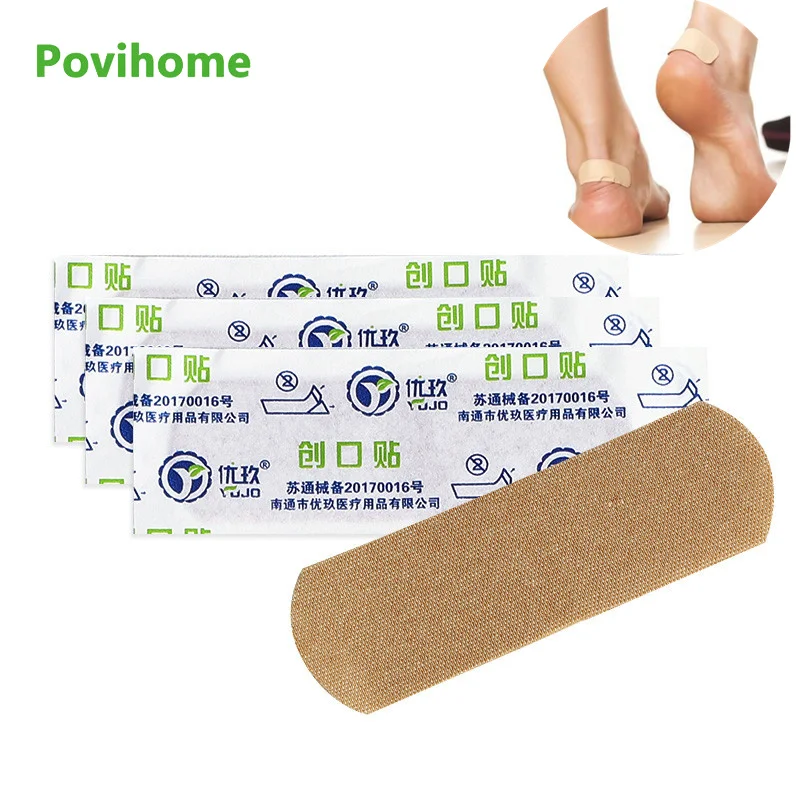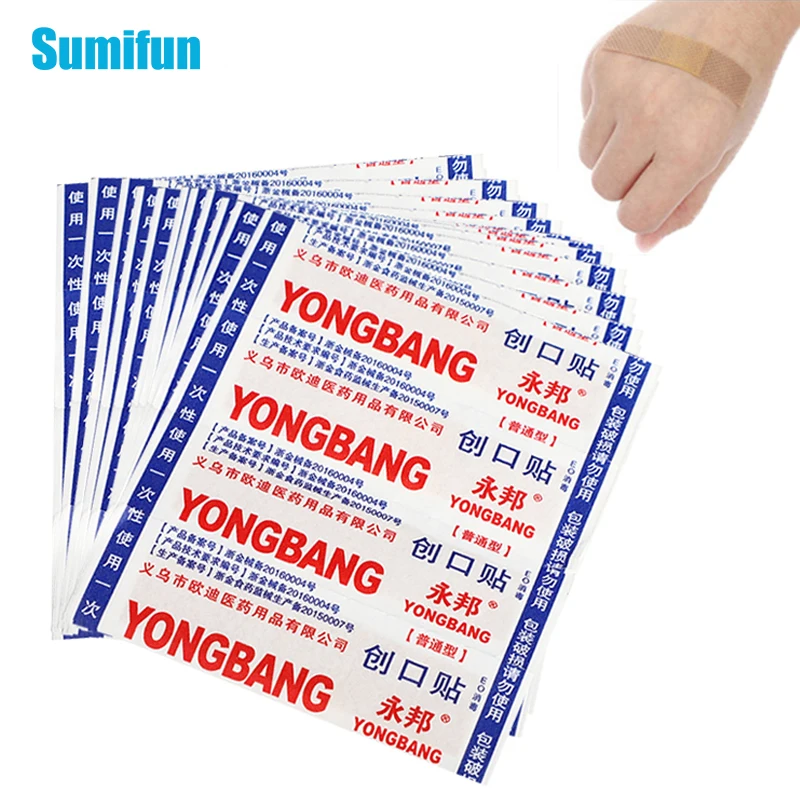Color-Changing Wound Dressings : wound dressing
[ad_1]
Table of Contents:
1. Introduction
2. What is the Futuristic Wound Dressing?
3. How Does the Wound Dressing Work?
4. Benefits of the Futuristic Wound Dressing
5. Potential Drawbacks
6. Applications of the Wound Dressing
7. Frequently Asked Questions
8. Conclusion
1. Introduction
Wound care is a crucial aspect of healthcare, especially for those with hard-to-heal wounds. Infections are a common occurrence in wounds, and timely treatment is vital to avoid complications. A team of scientists at three Swedish universities has developed a new type of wound dressing that can detect infections and alert wearers and medical professionals through a color change. This innovative wound dressing has the potential to improve wound care and reduce reliance on antibiotics.
2. What is the Futuristic Wound Dressing?
The futuristic wound dressing is a specialty wound dressing made up of a nano-cellulose mesh and sheathed in porous silica. The dressing is infused with Bromthymol Blue (BTB) dye. BTB dye is a pH-sensitive dye that changes color in response to changes in pH levels.
3. How Does the Wound Dressing Work?
When an infection occurs, the pH levels of the wound typically increase even before physical symptoms like swelling make themselves known. The BTB dye infused in the wound dressing is transformed from its low-pH yellow color to its high-pH blue when the pH level exceeds a certain point. This color change can alert wearers as well as medical professionals to the potential presence of an infection.
4. Benefits of the Futuristic Wound Dressing
The key benefit of the futuristic wound dressing is that it can alert wearers and medical professionals to the presence of an infection even before other physical symptoms appear. This early detection can lead to timely treatment, which can prevent complications and reduce the risk of further infection.
This wound dressing could also help reduce reliance on antibiotics. Antibiotic resistance has become a significant problem globally, and reducing the use of antibiotics in wound care could help combat this problem.
Wound care can also be time-consuming and costly. With this specialty wound dressing, medical professionals can monitor wounds more efficiently, leading to more efficient care and reduced healthcare costs.
5. Potential Drawbacks
One potential drawback of this wound dressing is that it can be more expensive than traditional wound dressings. Additionally, while the wound dressing can detect potential infections, it cannot confirm whether an infection is present. Medical professionals may still need to perform further tests to confirm the presence of an infection.
6. Applications of the Wound Dressing
The futuristic wound dressing has a wide range of potential applications. It can be used in various healthcare settings, including hospitals, long-term care facilities, and home healthcare.
This wound dressing could also be helpful for those with hard-to-heal wounds, such as diabetic or venous stasis ulcers, which are more prone to infections. Additionally, the wound dressing has potential applications in military medicine, where fast and efficient wound care is vital.
7. Frequently Asked Questions
Q: How does the futuristic wound dressing detect infections?
A: The wound dressing detects potential infections by changing color in response to changes in pH levels.
Q: Can the futuristic wound dressing confirm the presence of infections?
A: No, the wound dressing can only detect potential infections. Further tests may be necessary to confirm the presence of an infection.
Q: What benefits does the futuristic wound dressing offer over traditional wound dressings?
A: The wound dressing can alert wearers and medical professionals to the potential presence of an infection even before physical symptoms appear, leading to timely treatment and reduced healthcare costs.
Q: Can the futuristic wound dressing be used for all types of wounds?
A: Yes, the wound dressing has a wide range of potential applications and can be used for various types of wounds.
Q: Can the futuristic wound dressing replace antibiotics in wound care?
A: No, the wound dressing cannot replace antibiotics. Medical professionals may still need to prescribe antibiotics if an infection is present.
8. Conclusion
In conclusion, the futuristic wound dressing represents an innovative approach to wound care that can improve patient outcomes and reduce healthcare costs. While there are potential drawbacks, the benefits of early infection detection and reduced antibiotic reliance make this wound dressing a promising development in wound care. As researchers continue to develop new technologies, wound care will continue to evolve, improving the lives of patients with hard-to-heal wounds.
[ad_2]









